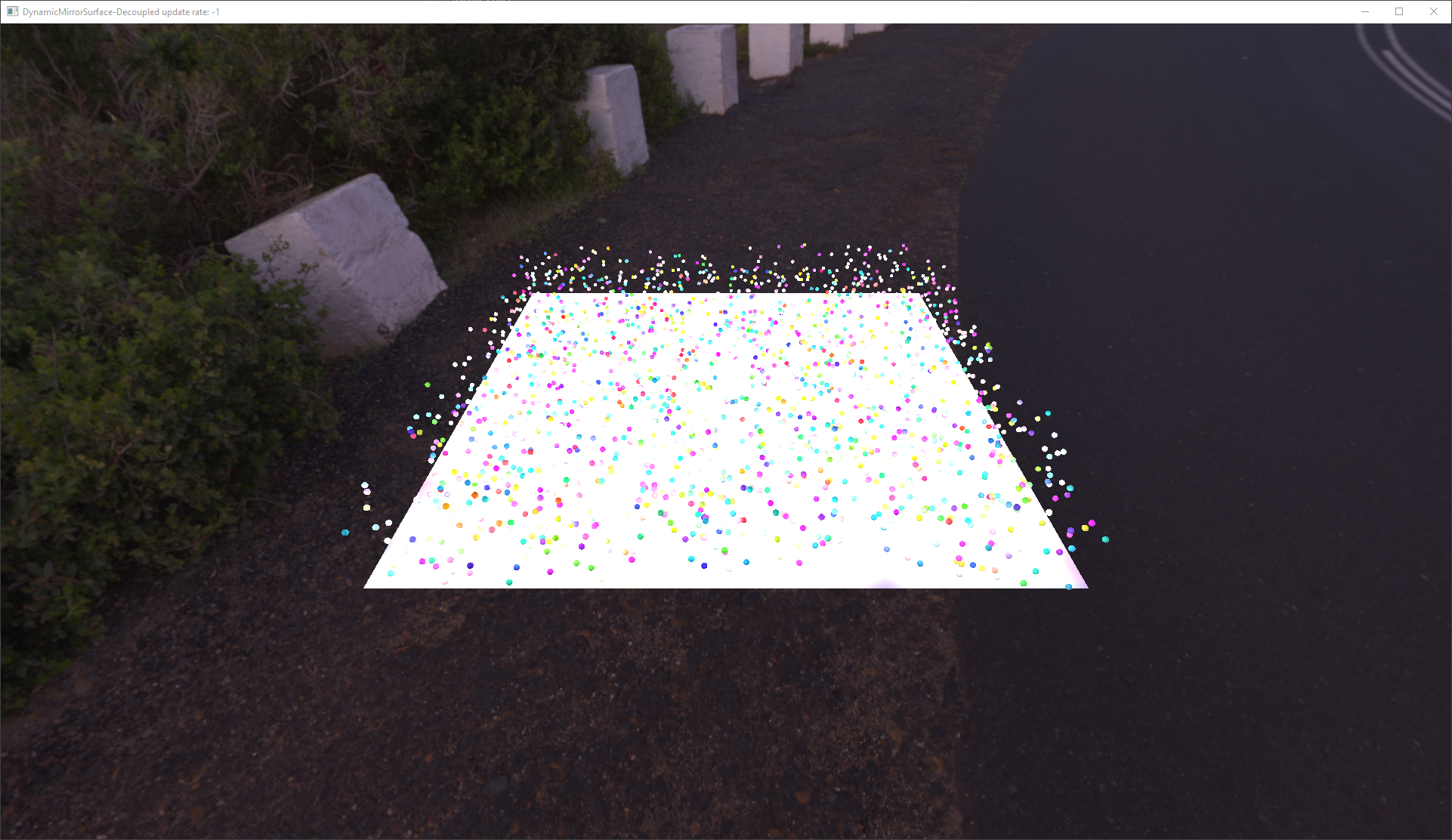Titanium Rose
Projects | | Links: Repository

Titanium Rose is a rendering engine that I have been developing in the scope of my research endeavors
Titanium Rose is a rendering engine that I started developing for my graduate research project. It is written in C++ and using the DirectX 12 API, and I am planning to support DirectX 12 Ultimate soon. It also includes as very premitive, hand rolled, implementation of Sampler Feedback, as I needed similar data and that feature was not out yet at that point!
The purpose of the engine is to explore decoupled and asynchronous shading. In traditional rendering techniques like forward rendering and deferred rendering, surfaces will be shaded each frame. A decoupled renderer on the other hand breaks this dependancy, allowing the engine to shade and render at different frame rates. Think of it as coloring the image at 30 FPS while displaying the image (which includes simulating your world) at 90 FPS. Alternatively, the engine can shade a portion of your meshes per frame, therefore achieving lower frame times. As an example, the banner image contains ~2000 real-time point lights, 4+ million polygons, and with a very basic spacial partitioning scheme the engine can maintain close to 60 FPS average, while a forward renderer could do 40 FPS at most on the same hardware. You can see a visualization of all the point lights below:
 All the 2000 real-time point lights visualized.
All the 2000 real-time point lights visualized.
Beyond just raw frame time gains, decoupled rendering can offer better shader aliasing. Since the objects are shaded in object space (i.e. with a constant size) the shader inputs as well as outputs will be more stable. In a similar vein, when decoupled shading is wrong it is wrong in the exact same way every time. Making artifacts less noticeable by humans. This technique however does not “just work” with everything, so what I am investigating now is how various materials and surface types behave in a decoupled, asynchronous environments. Some of them are realy resiliant to decoupled artifacts so they can be updated once every half a second, while others can skip a couple of frames at most before becoming noticeable.
Stay tuned for the results! My hope is that this technique will be yet another great tool in the toolbox of game developers.
